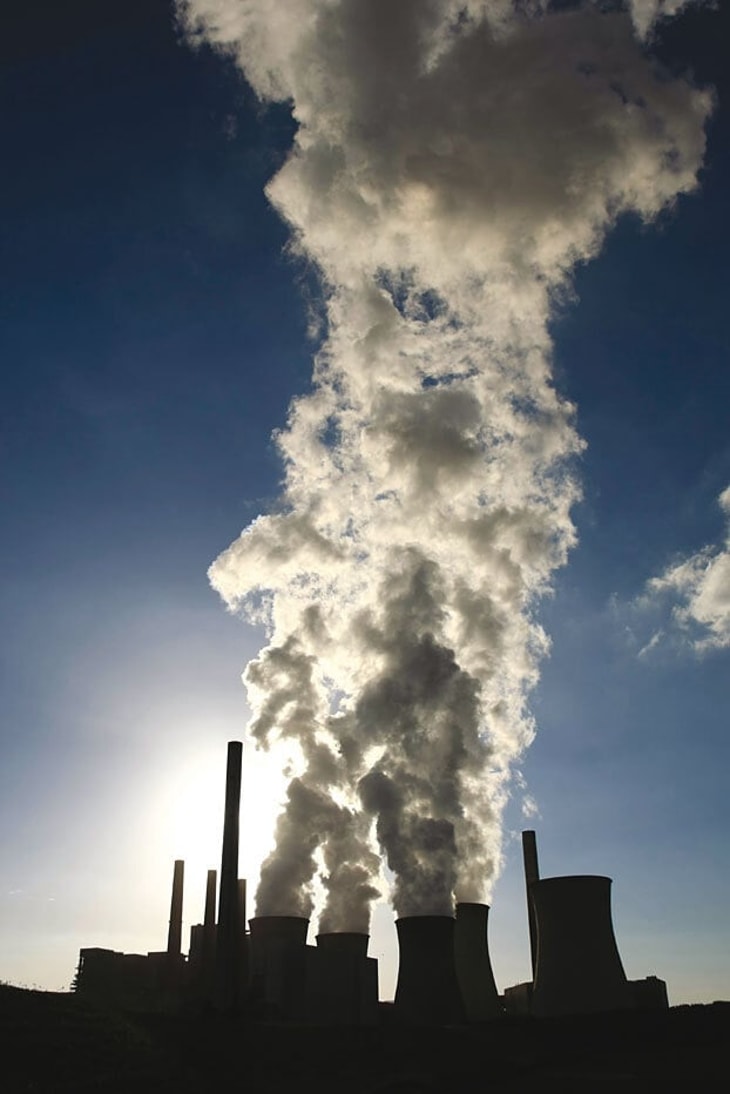The problems inherent in converting coal into liquid hydrocarbon fuels suitable as substitutes for those fuels distilled from natural crude oil stem from the fact that coal is in fact an ultra-low hydrogen energy source.
Coal is defined as a readily combustible rock containing more than 50% by weight of carbon; almost double the amount of carbon per unit of energy compared to natural gas and as much as 20% more than petroleum.
Refinery products typically have a hydrogen/carbon molecular ratio of around 2:1, whereas this ratio for anthracite coal is only 0.5:1.
Considerable carbon must be rejected in order to raise the hydrogen/carbon ratio and this is consistent with the findings of Fischer and Tropsch, who determined that their process worked best with synthesis gas consisting of a 2:1 carbon monoxide: hydrogen volume mixture.
... to continue reading you must be subscribed







